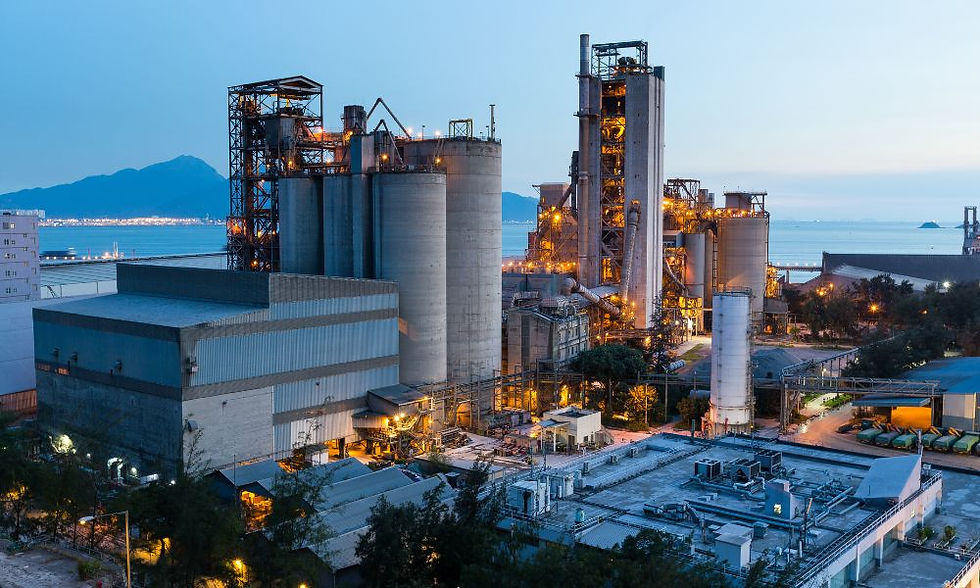The Environmental Protection Agencies' New Regulations for Industrial Facilities
- Apr 23, 2024
- 2 min read
As a leader in the environmental industry, we understand the importance of environmental compliance and the impact it can have on your operations. That's why we want to ensure you're aware of the latest regulatory updates from the Environmental Protection Agency (EPA).
Key Takeaways

On March 14, 2024, Environmental Protection Agency (EPA) Administrator Michael Regan signed a final rule mandating certain facilities to develop facility response plans for a worst-case discharge of Clean Water Act (CWA) hazardous substances, or threat of such a discharge or threat of such a discharge.
The current EPA regulations mandate Facility Response Plans (FRPs) when specific thresholds of oil are surpassed. However, the newly enacted rule broadens this requirement to encompass CWA hazardous substances, marking a significant expansion in scope. Effective from May 28, 2024, the rule grants a 36-month implementation period.
Who is Impacted?
The industries impacted encompass a wide range of industrial and commercial sectors, comprising facilities that handle hazardous substances surpassing current reportable quantity thresholds. This encompasses manufacturing and chemical plants, storage facilities situated near navigable waters, holding an inventory of CWA-listed hazardous substances exceeding threshold amounts. Additionally, facilities associated with oil and gas extraction, mining, construction, utilities, crop production, animal production, aquaculture, and support activities for agriculture and forestry may also fall under the purview of these regulations.

These measures are crucial for safeguarding the environment and surrounding communities, particularly in light of increasingly extreme weather conditions driven by climate change.
Here are some key points regarding the facility response plan requirements:
Identification Process: Facilities may be identified through self-identification or assessment by EPA Regional Administrators based on various substantial harm criteria, such as the potential impact on sensitive environments or public water systems.
Compliance Obligations: Facilities meeting the specified criteria must develop comprehensive response plans to mitigate the risk of worst-case discharges and protect against environmental harm. Failure to comply could result in penalties and reputational damage.
Environmental Justice Considerations: The EPA emphasizes concerns related to potential impacts on communities with environmental justice concerns, further highlighting the importance of proactive compliance efforts.
Facilities subject to this rule must prepare response plans to address worst-case discharges and submit them to the EPA. The criteria for identifying such facilities include maximum onsite quantities of CWA hazardous substances meeting or exceeding 1,000 times the Reportable Quantity within a 0.5-mile radius of navigable water, among others.
The following figure provides a visual representation of the applicability criteria.

At Advanced Environmental Technologies, we understand the complexities of regulatory compliance and are here to support you every step of the way. Our team of experts specializes in developing tailored solutions to ensure your facility meets and exceeds regulatory requirements.
We would be delighted to discuss how we can assist you in developing a robust facility response plan that aligns with the latest EPA regulations. Please don't hesitate to reach out to schedule a consultation or inquire about our services.

Comments